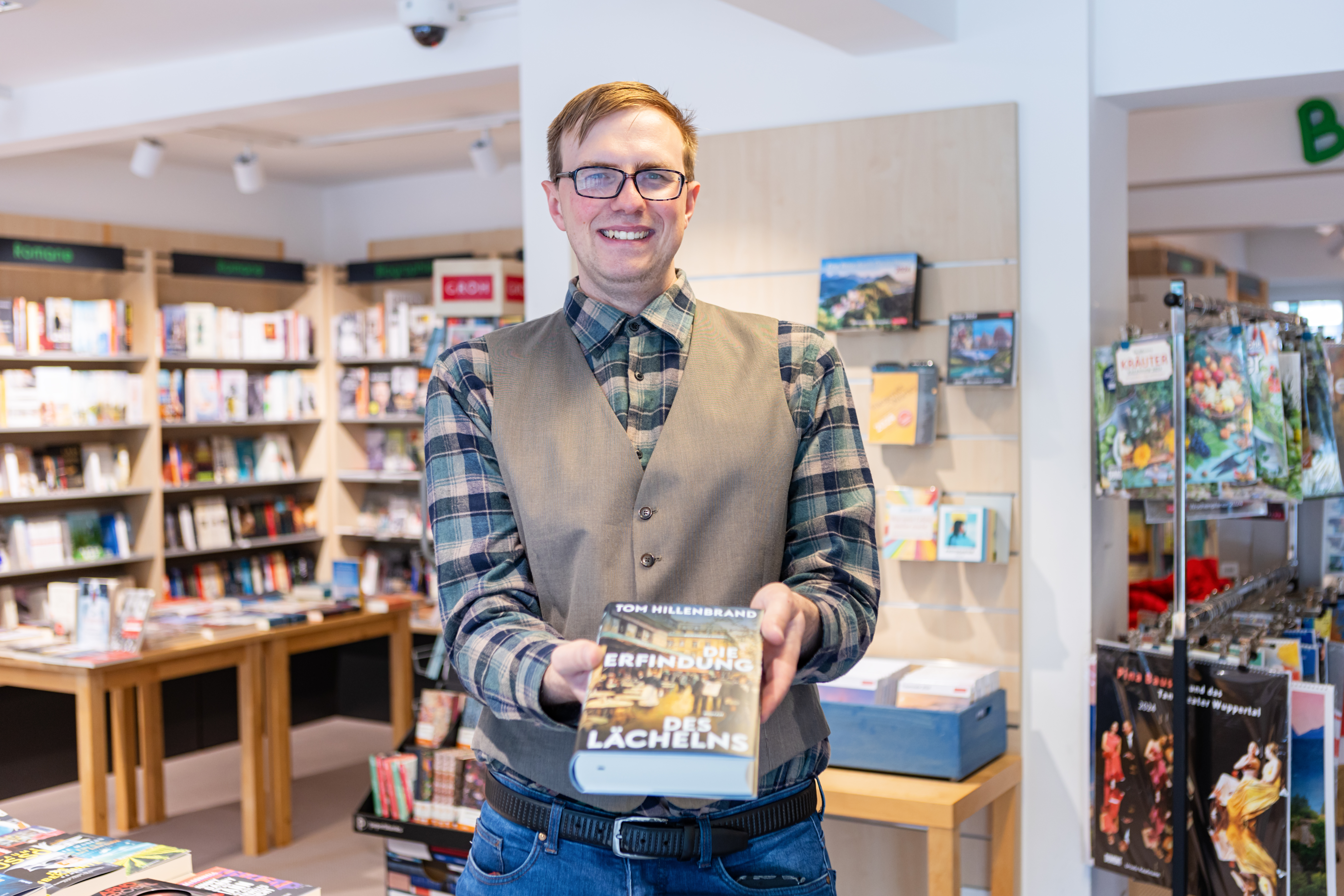The Soils of the Philippines
149,79 €*
Nach dem Kauf zum Download bereit Ein Downloadlink ist wenige Minuten nach dem Kauf im eigenen Benutzerprofil verfügbar.
The first soil survey in the Philippines was done by Mr. Clarence Dorsey, an American soil scientist in the province of Batangas in 1903. The Soils of the Philippines, however, is the first comprehensive summary of more than a century of soil-survey work in this country. It integrates the soil concepts of the reconnaissance soil-survey results, which commenced as early as 1934 and continued until the mid 1960s, with the semi-detailed soil surveys that continue to this day. The result is the first-ever genetic key for classifying Philippine soils at soil series level; thus, making it possible for any newcomers to the soil survey field to confidently produce their own soil map, at a more detailed map scale, to suit the project requirements.
This book brings together discussions on soils and soil mapping units and up-to-date international techniques and technologies. It makes soils relevant to current political realities and national issues. As soil survey moves from a reductionist agricultural-development planning tool to a more holistic and integrated approach, to enable us to understand our dynamic and complex environment, The Soils of the Philippines will be the only source of authoritative and updated data on soil resources for macro-level resource management planning for decades to come.
With a vanishing breed of experienced soil surveyors, not only in the Philippines but also worldwide, it may remain the only book on Philippine soils for the next hundred years or more. Since soils follow a geological and not a human time frame, the contents of this volume will stay relevant for soil surveyors even in a fast changing world.
As the country leaps from an agricultural economy towards modernization and a more diversified economic base, some of the soil series in the Philippines, for example the Guadalupe series underlying the skyscrapers of Makati City, are becoming extinct as a result of urban development. Therefore, this book serves as the repository for the soils that we possess, the soils that have been lost through decades of urbanization while, at the same time, it creates a soil classification system for the soils we are yet to discover.
The first soil survey in the Philippines was done by Mr. Clarence Dorsey, an American soil scientist in the province of Batangas in 1903. The Soils of the Philippines, however, is the first comprehensive summary of more than a century of soil-survey work in this country. It integrates the soil concepts of the reconnaissance soil-survey results, which commenced as early as 1934 and continued until the mid 1960s, with the semi-detailed soil surveys that continue to this day. The result is the first-ever genetic key for classifying Philippine soils at soil series level; thus, making it possible for any newcomers to the soil survey field to confidently produce their own soil map, at a more detailed map scale, to suit the project requirements.
This book brings together discussions on soils and soil mapping units and up-to-date international techniques and technologies. It makes soils relevant to current political realities and national issues. As soil survey moves from a reductionist agricultural-development planning tool to a more holistic and integrated approach, to enable us to understand our dynamic and complex environment, The Soils of the Philippines will be the only source of authoritative and updated data on soil resources for macro-level resource management planning for decades to come.
With a vanishing breed of experienced soil surveyors, not only in the Philippines but also worldwide, it may remain the only book on Philippine soils for the next hundred years or more. Since soils follow a geological and not a human time frame, the contents of this volume will stay relevant for soil surveyors even in a fast changing world.
As the country leaps from an agricultural economy towards modernization and a more diversified economic base, some of the soil series in the Philippines, for example the Guadalupe series underlying the skyscrapers of Makati City, are becoming extinct as a result of urban development. Therefore, this book serves as the repository for the soils that we possess, the soils that have been lost through decades of urbanization while, at the same time, it creates a soil classification system for the soils we are yet to discover.
| Autor: | Rodelio B. Carating, Raymundo G. Galanta, Clarita D. Bacatio |
|---|---|
| EAN: | 9789401786829 |
| eBook Format: | |
| Sprache: | English |
| Produktart: | eBook |
| Veröffentlichungsdatum: | 23.04.2014 |
| Kategorie: | |
| Schlagworte: | geology landscape land use soil the Philippines |
Anmelden

Möchten Sie lieber vor Ort einkaufen?
Haben Sie weiterführende Fragen zu diesem Buch oder anderen Produkten? Oder möchten Sie einfach doch lieber in der Buchhandlung stöbern? Wir sind gern persönlich für Sie da und beraten Sie auch telefonisch.
Buchhandlung Nettesheim GmbH
Hauptstraße 17
42349 Wuppertal
Telefon: 0202/472870
Mo – Fr09:30 – 18:00 UhrSa09:00 – 13:00 Uhr
